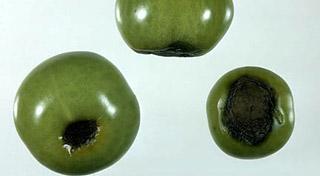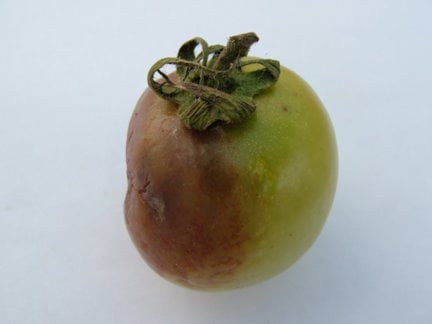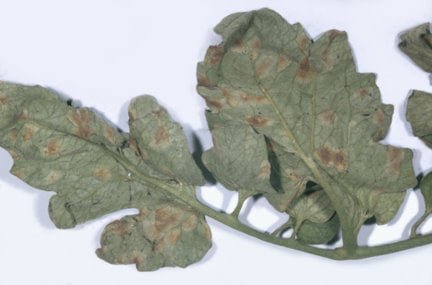Hello ladies and gents this is the Viking telling you that today we are talking about
Tomatoes
Growing your own tomatoes is simple and just a couple of plants will reward you with plenty of delicious tomatoes through the summer. Sow indoors, then plant outdoors in a sunny, sheltered spot, or in a greenhouse. There's a whole array to try, from tiny sweet cherry tomatoes to full-flavoured giant beefsteak types.
Month by month
JANUARY FEBRUARY MARCH APRIL MAY JUNE
Sow Sow Sow Plant out Plant out
JULY AUGUST SEPTEMBER OCTOBER NOVEMBER DECEMBER
Harvest Harvest Harvest
Sow
Tomatoes generally have two different ways of growing:
- cordon (or indeterminate) tomatoes grow tall, reaching up to 1.8m (6ft), and require support
- bush (or determinate) tomatoes are shorter and bushy, and don’t require staking
Check seed packets or plant labels before buying, to ensure you get the right type to suit your growing space.
Tomatoes are easy to grow from seed sown indoors in warm conditions. Sow from late March to early April if you plan to grow the plants outdoors. If you’ll be growing your tomatoes in a greenhouse, you can start sowing earlier, from late February to mid-March.
Sow in small pots filled with seed compost, then either place in a propagator or cover each pot with a clear plastic bag and place on a bright windowsill. The young seedlings need to be kept at around 18°C (64°F). Transplant into 9cm (3½in) pots when two true leaves have formed.
Young plants are available from garden centres in spring if you don’t have the space or time to grow from seed. But they will still require frost-free conditions and hardening off before planting outside.
Grow
When the flowers of the first truss are beginning to open, transfer to 23cm (9in) pots or growing bags, or plant outside in a warm sunny spot, 45–60cm (18–24in) apart. Plants for growing outdoors should be acclimatised first, by hardening off, to prevent a check in growth.
Cordon (or indeterminate) tomatoes – tie the main stem to a tall, sturdy bamboo cane or wind it round a well-anchored but slack vertical string (coming down from an overhead support). Regularly remove sideshoots that sprout from between a leaf and the main stem. When plants reach the top of the support or have set seven fruit trusses indoors or four trusses outdoors, remove the growing point of the main stem at two leaves above the top truss.
Bush (or determinate) tomatoes – these, and trailing types for hanging baskets, don’t usually need support. You won't need to remove sideshoots.
Water regularly to keep the soil/compost evenly moist. Fluctuating moisture levels can cause fruits to split. Feed every 10–14 days with a balanced liquid fertiliser, changing to a high potash feed once the first fruits start to form. Irregular watering, together with a lack of calcium in the soil, can cause a problem known as blossom end rot (see below), when the base of the fruit turns black and becomes sunken.
For cordon (indeterminate) tomatoes, there is evidence that removing some leaves above the ripening truss (which allows the fruit to be warmer during the day but cooler at night) can encourage slightly earlier ripening, without negatively affecting cropping. Removing leaves below the ripening truss doesn’t improve ripening but can help to reduce the spread of diseases such as tomato leaf mould and tomato blight, where these are a problem.
Common problems
Blossom end rot
Dark blotches appear on the ends.

Remedy
Water regularly and not sporadically and never allow the soil to dry out.
Tomato blight

Disease that causes fruit and foliage rot, most common in wet weather.
Remedy
Select resistant cultivars.
Tomato leaf mould

Leaf mould can develop rapidly to cause significant yield loss in greenhouse-grown tomatoes. It is rarely seen on outdoor crops. Yellow blotches develop on the upper leaf surface. A pale, greyish-brown mould growth is found on the corresponding lower surface. Where the disease is severe the mould growth may also be found on the upper surface.
Remedy
Select resistant cultivars. Provide ample ventilation to indoor tomato crops.
Tomato splitting and cracking
Cracking or splitting usually does not affect the taste of the tomato, but split fruit left on the plant will often be infected by a fungus, such as grey mould and can cause a variety of physiological disorders.
Remedy
Control temperature and sunlight levels carefully. Feed regularly to maintain high soil fertility. Water to maintain a constant level of soil moisture.
Harvesting
Pick fruits individually once ripe and fully coloured.
At the end of the growing season, lift outdoor plants with unripe fruit and either lay them on straw under cloches or pick the fruits and place somewhere warm and dark to ripen. Alternatively, put unripe tomatoes in a drawer with a banana, to aid ripening.
And as always have a chilled day from the Viking

Comments
Post a Comment